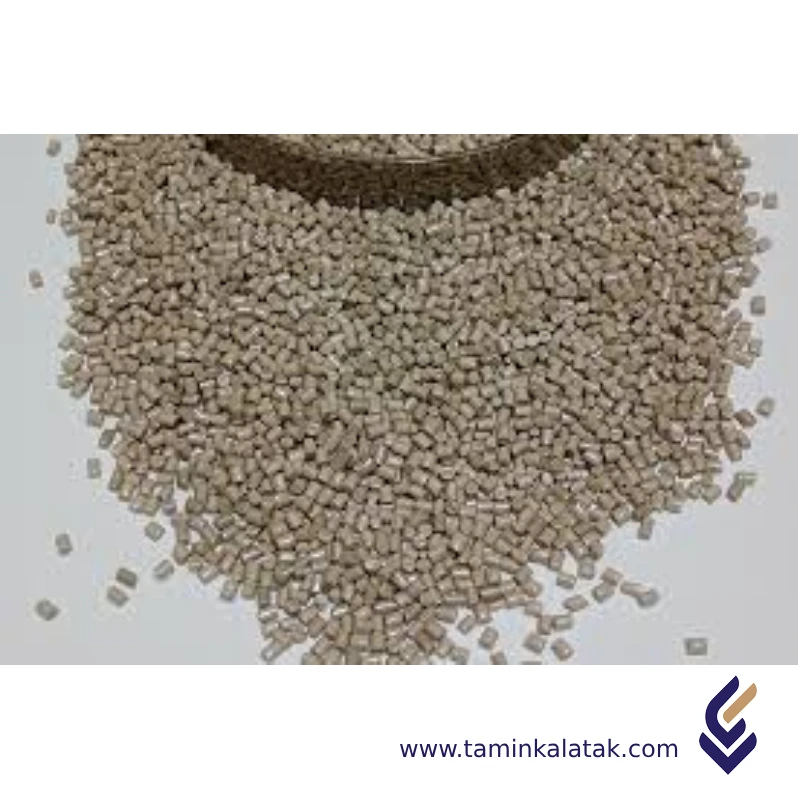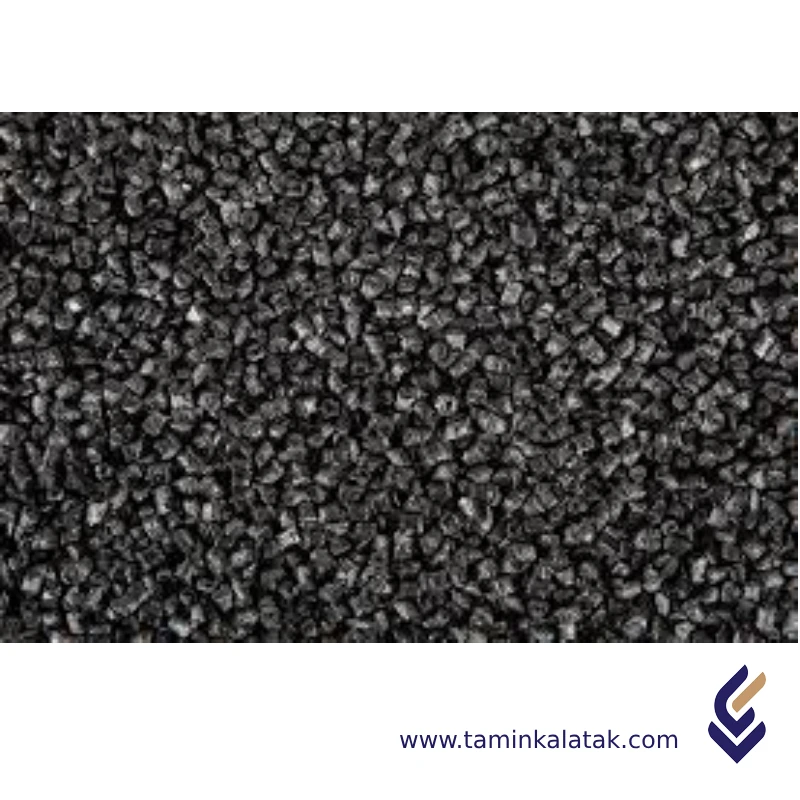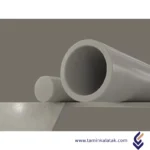Polymers are made up of very large molecules made up of many repeating units called monomers, which ultimately form this long polymer chain
Engineering polymers are high-performance plastics that exhibit superior mechanical, thermal, chemical, and electrical properties compared to standard commodity plastics.
Poly Ether Ketones (PEK)
Poly Ether Ketones (PEK) are a class of high-performance thermoplastic polymers known for their exceptional thermal stability, mechanical strength, and chemical resistance. They belong to the broader family of polyaryletherketones (PAEKs), which also includes polyetheretherketone (PEEK) and polyetherketoneketone (PEKK).
Structure Poly Ether Ketones
Poly Ether Ketones (PEK) have a highly rigid, semi-crystalline structure consisting of repeating aromatic rings linked by ether (-O-) and ketone (C=O) functional groups. The backbone of PEK is composed of benzophenone and diphenyl ether units, which contribute to its exceptional thermal and mechanical properties. The presence of ketone groups enhances stiffness and heat resistance, while the ether linkages provide some flexibility and processability. This unique molecular arrangement results in a polymer with high strength, excellent chemical resistance, and remarkable stability under extreme conditions. The semi-crystalline nature of PEK allows it to maintain its mechanical integrity at elevated temperatures, making it highly suitable for demanding applications in aerospace, automotive, and industrial sectors.
Properties Poly Ether Ketones
Poly Ether Ketones (PEK) exhibit exceptional thermal stability, mechanical strength, and chemical resistance, making them one of the most advanced high-performance thermoplastics. They have a high melting point of approximately 360°C and can withstand continuous service temperatures above 250°C without significant degradation. PEK is highly resistant to a wide range of chemicals, including acids, bases, and organic solvents, ensuring durability in harsh environments. Its excellent mechanical properties include high tensile strength, stiffness, and wear resistance, making it ideal for applications requiring long-term reliability. The polymer also has good electrical insulating properties, low moisture absorption, and outstanding dimensional stability, which contribute to its performance in aerospace, automotive, electronics, and medical industries. Additionally, PEK’s semi-crystalline structure enhances its resistance to creep and fatigue, further increasing its suitability for high-stress and high-temperature applications.
Applications of Poly Ether Ketones (PEK)
- Aerospace components such as structural parts, brackets, and insulation due to high-temperature resistance and lightweight properties.
- Automotive parts including gears, bearings, and seals where durability and wear resistance are required.
- Electrical and electronic components like connectors, insulators, and circuit boards because of excellent electrical insulation and chemical stability.
- Medical implants and surgical instruments due to biocompatibility, sterilization resistance, and mechanical strength.
- Industrial applications such as pump components, valves, and chemical processing equipment that require corrosion and high-heat resistance.
Advantages of Poly Ether Ketones (PEK)
- High thermal stability, withstanding temperatures above 250°C.
- Excellent mechanical strength, stiffness, and wear resistance.
- Superior chemical resistance against acids, bases, and organic solvents.
- Low moisture absorption and outstanding dimensional stability.
- Good electrical insulation properties, making it suitable for electronic applications.
- High resistance to creep and fatigue, ensuring long-term performance in demanding environments.
Disadvantages of Poly Ether Ketones (PEK)
- High production and processing costs compared to standard engineering plastics.
- Limited availability due to specialized manufacturing processes.
- Difficult to process because of its high melting point and specific molding requirements.
- Brittle behavior under certain conditions, which may require reinforcement for improved toughness.
Applications
| Applications | , , , , , |
|---|












